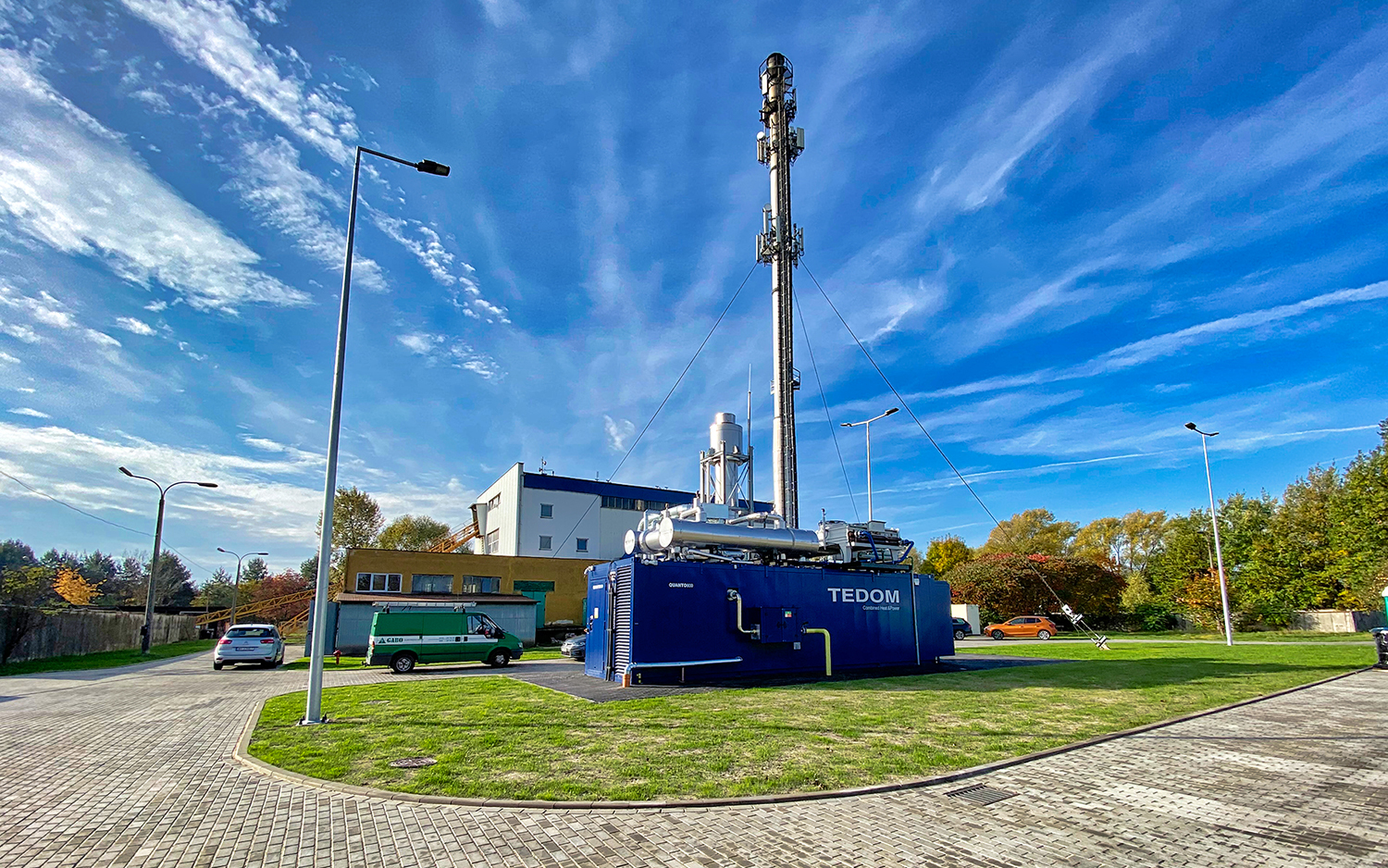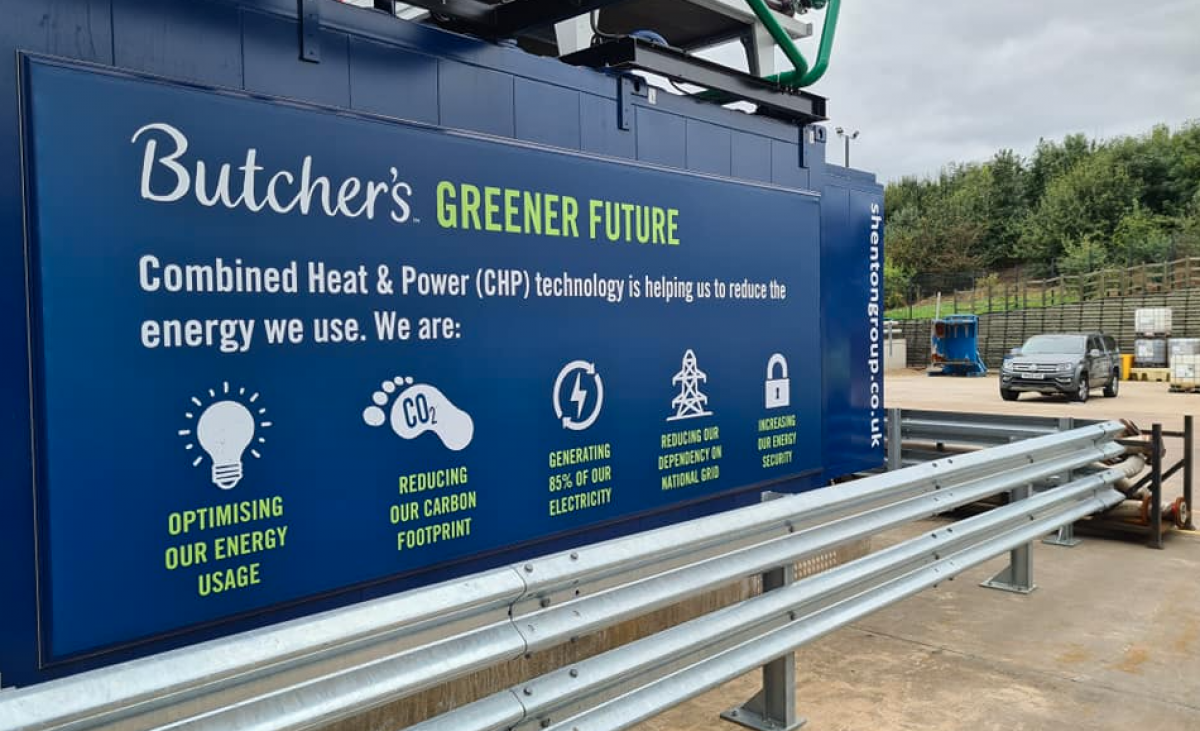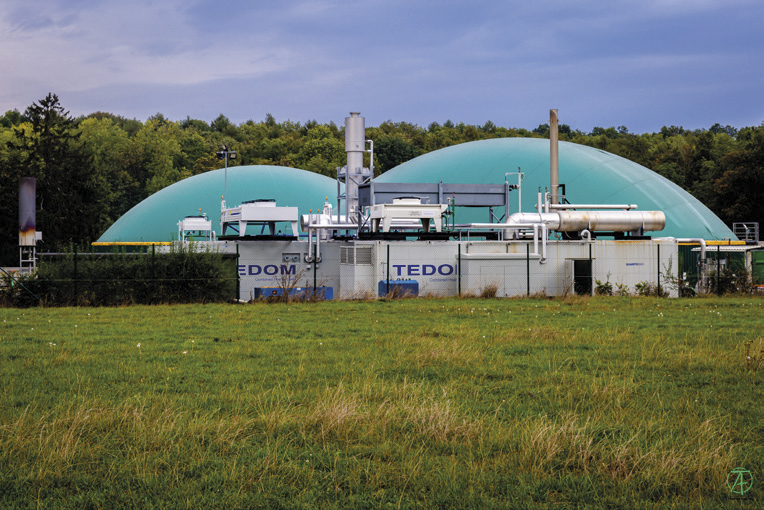
More efficient power supply to the hospital in the city of Woodstock, Canada - Case study
Place of implementation: Canada
Hospitals are certainly a suitable place for installation of cogeneration technology. These facilities have high consumption of electricity and at the same time, due to their non-stop operation and building infrastructure they are able to effectively utilize heat. CHP units are a reliable and highly efficient source of electrical and thermal energy which can either be in constant operation or can be flexibly modified to handle unexpected situations.
Another great advantage that cogeneration brings is the possibility to operate the CHP unit in a so-called island mode; in other words, independently of the main power grid. This brings another security element to the entire energy system. In critical cases of an outage of the main power grid, the energy required by the hospital can be supplied by the CHP unit separately, which makes it more resistant to long-term outages.
Project Objectives
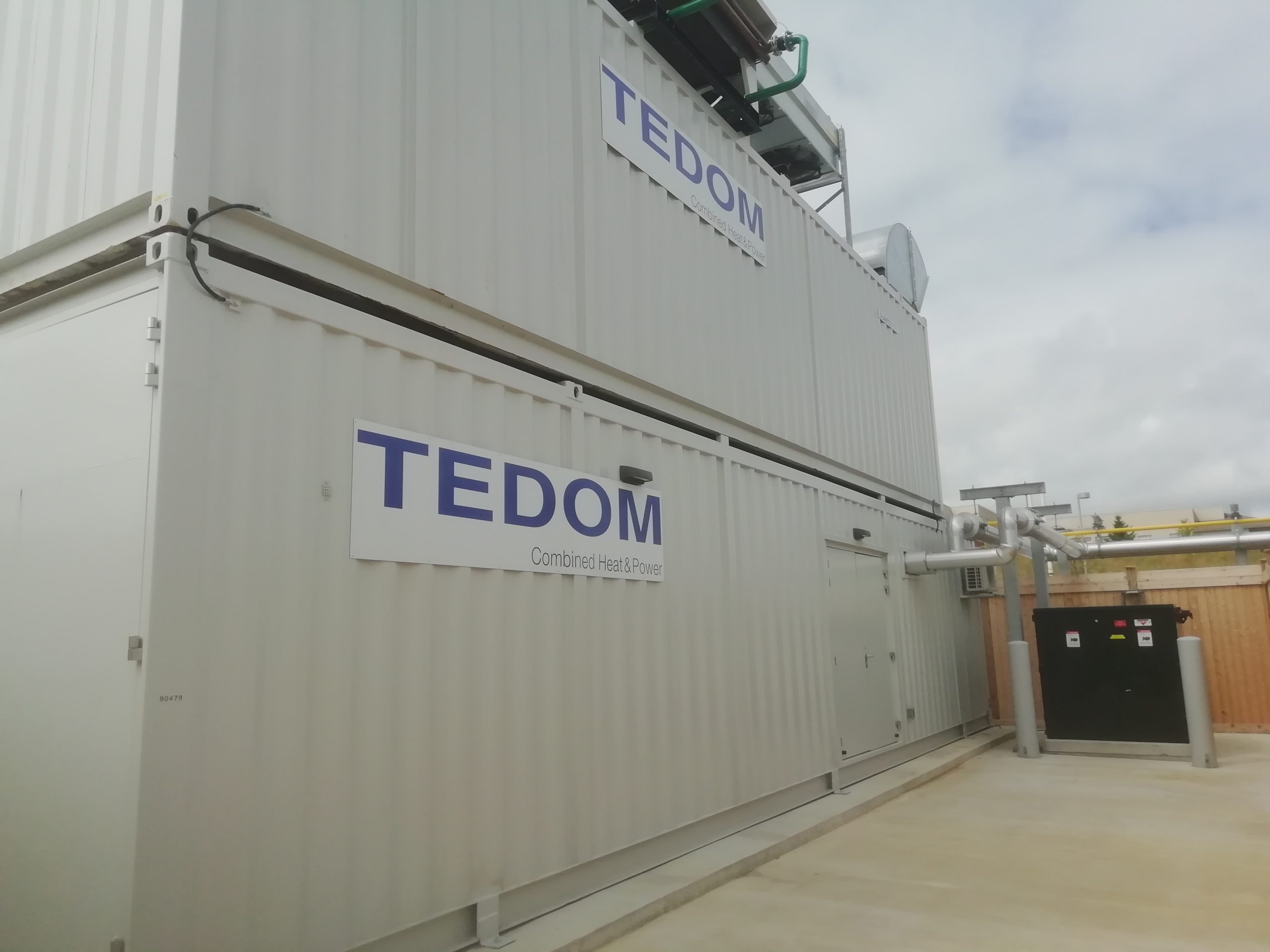
Originally, the hospital in Woodstock, Canada, was heated by old gas boilers with a low efficiency. The hospital bought all their electrical energy from the power grid. Diesel generators provided backup power in the event of a grid supply failure. It was necessary to change this uneconomic model. The goal was to find a more efficient and environmentally friendly solution that would cover the year-round power consumption and make the hospital‘s heating more efficient. Thus, via cogeneration, it is ensured that the hospital is largely independent and by do so also saving the hospital on operational costs. It’s efficiency is around 86%. The total financial return on the project is expected by approximately 5–6 years, all the while considering that the CHP unit’s design supports a lifespan of 20 years or more.
TEDOM Solution
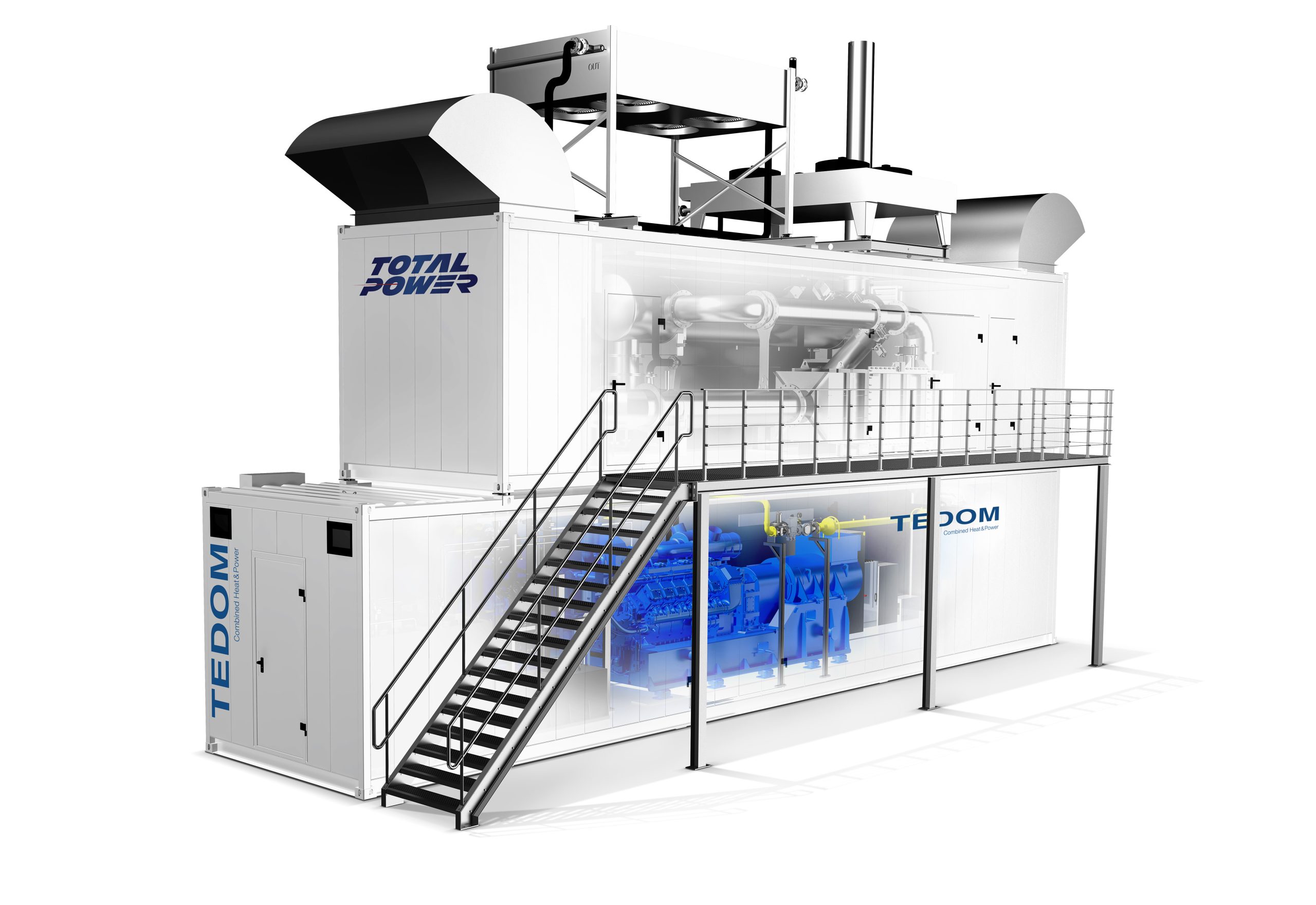
Several challenges came with the installation that had to be kept in mind while designing the optimal solution. In this respect, we at TEDOM drew on 30 years of experience in the field of cogeneration to develop the solutions to meet this demanding project.
A TEDOM QUANTO CHP unit with an MWM engine with a maximum output of 1200 kWe had to be limited to an output of 1047 kWe for this installation. The whole system was set up to cover the entire facility power consumption so that none of the power generated would be fed back to the grid.
The hospital is located near local development in the city, so it was therefore necessary to reduce emissions expelled into the air as much as possible to comply with local legislation. The parameters for this project were determined as follows:
- the emissions must not exceed 0.40 kg/MWh NOX a 3.5 kg/MWh CO2.These values were achieved through the use of an additional selective catalytic reduction (SCR) system
- Secondly, the sound parameters must not exceed 55 dB at a distance of 10 meters.
Last but not least, close attention was also paid to a compact design which was achieved by using a stacked design where
a part of the technology is built into the other container which is located above the actual (containerized) CHP unit.
The CHP unit was launched in July 2019. After 2 years of operation, it has already covered 16,700 operation hours and produced more than 16,615,000 kWh of electric energy. As a result, the CHP unit saves approximately 8,500,000 kg of CO2 per year in comparison to the previous solution.
This output represents approximately 80% of the total annual power and heat consumption of the entire facility. Presently, the hospital produces its energy cheaper than the power the hospital had to purchase before when the heat was generated by gas boilers.
Additionally, the CHP unit is also a safety element that will provide the hospital with sufficient energy in the event of main power grid outages.

“What makes this unique is that not only are we getting electricity, we are taking the heat off the exhaust too, like when you touch a car muffler and it’s really hot. This heat will provide all the hot water as well as all the heating for
the hospital building.”
Christopher Marion, Director of Capital Projects, Woodstock Hospital, Canada
More case studies
Selected references and case studies






